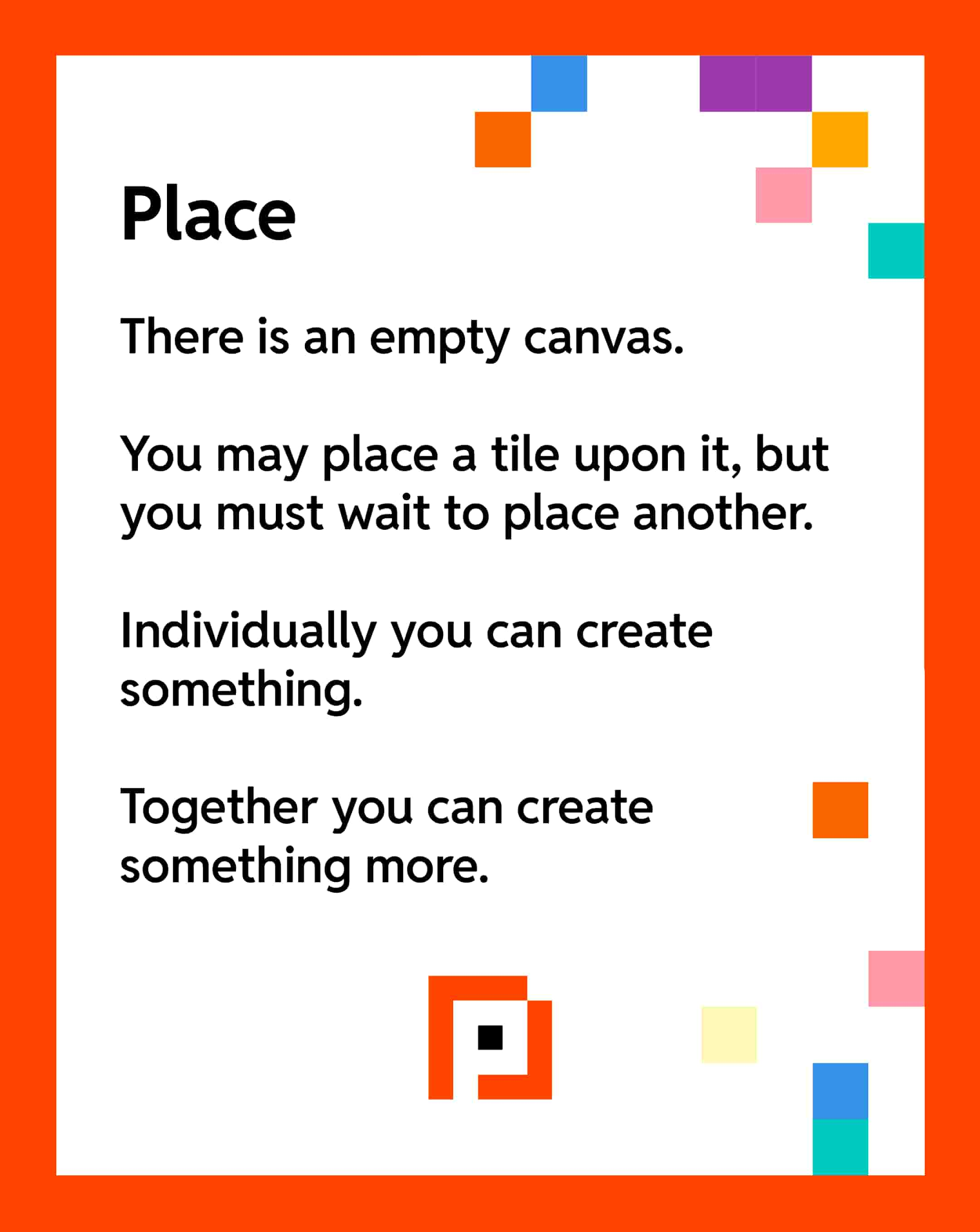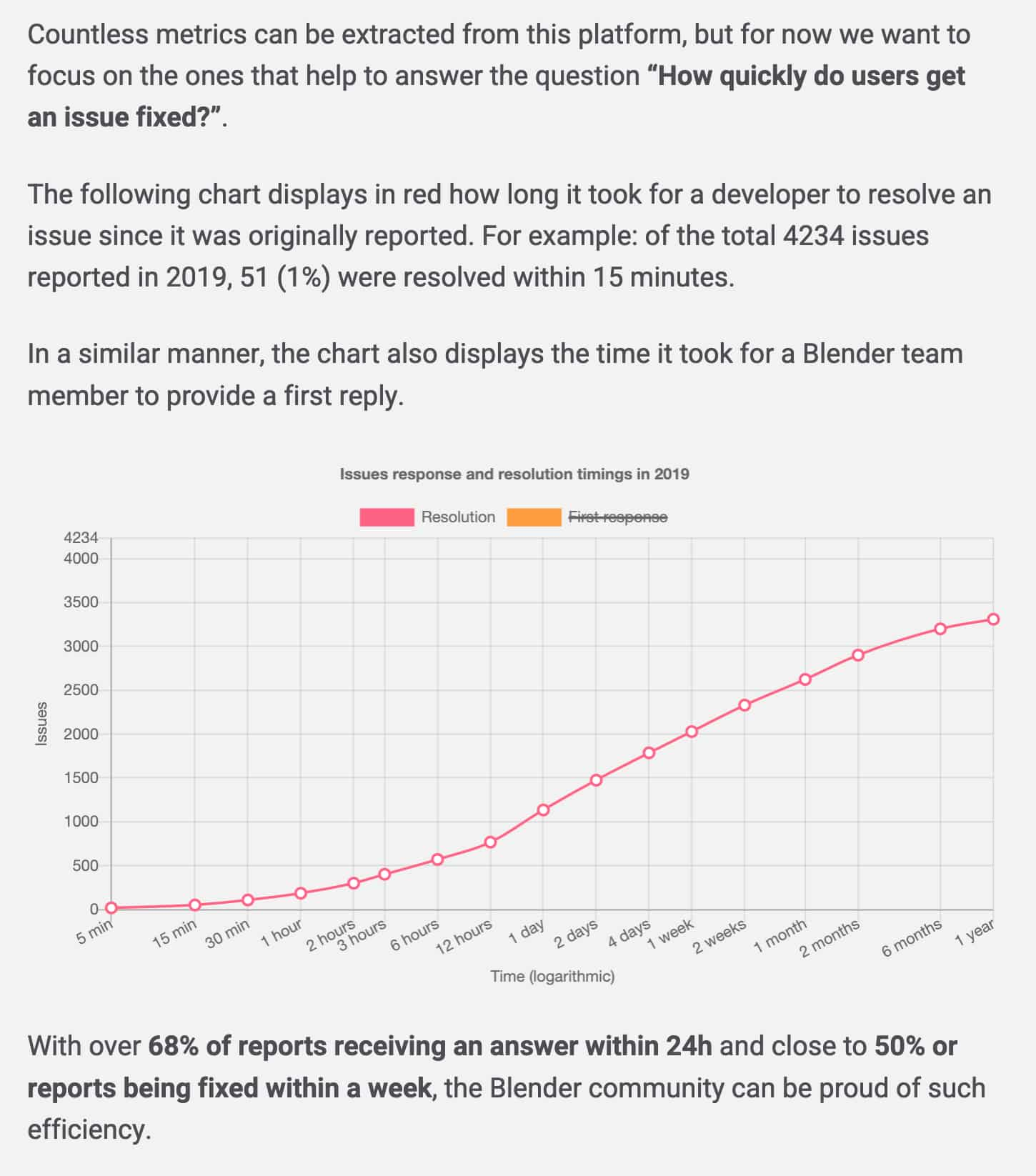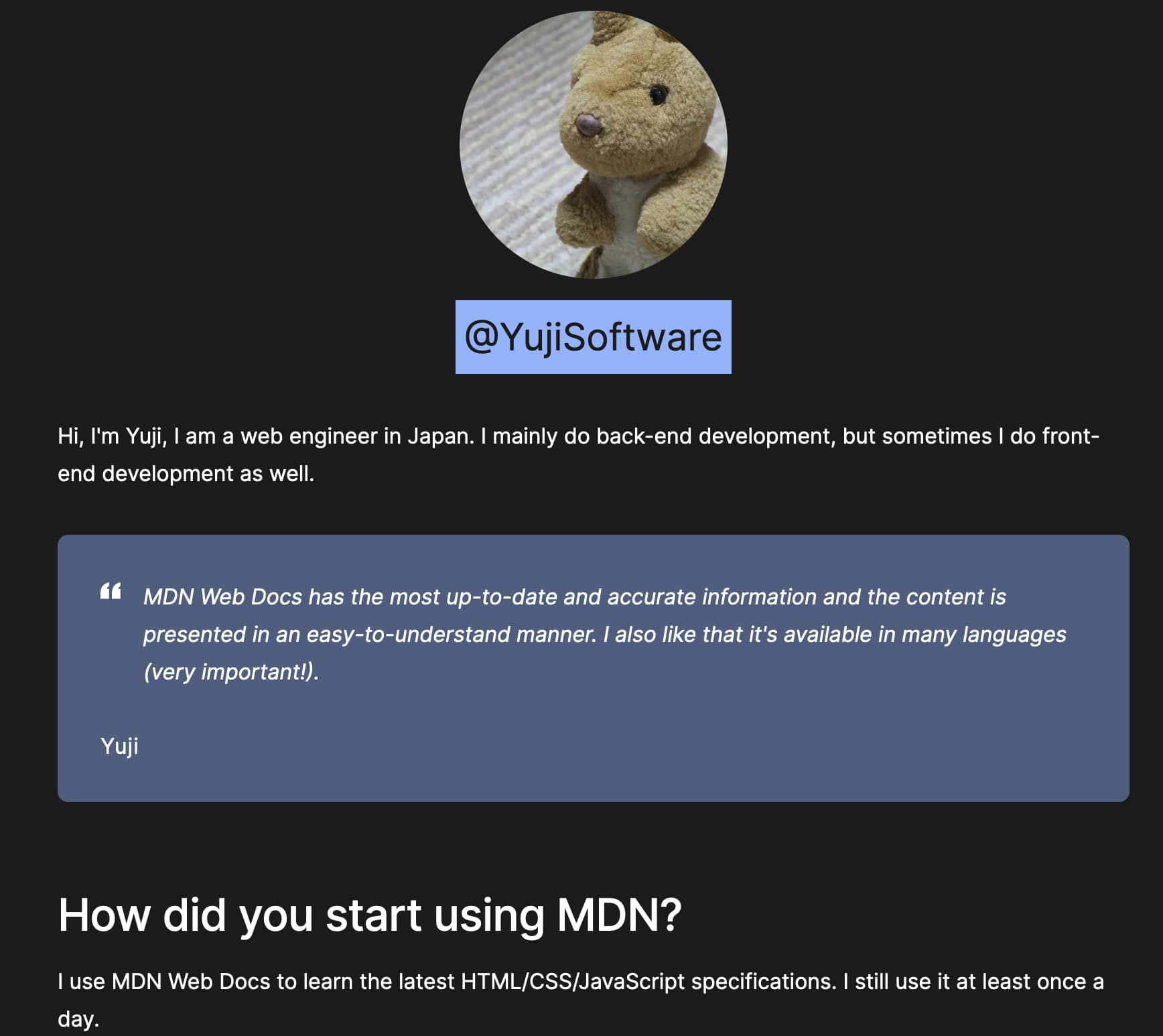
The image above from the now-retired subreddit r/place was created with a massive group of people from around the world, all taking turns with single pixels. Community managers made it easy to contribute with a simple pathway and concept. It snowballed into a vibrant, complex collaboration filled with the best and worst of the internet. The idea came from Josh Wardle, a PM at Reddit at the time, who is best known for creating Wordle.
The rules for r/place were simple:

Not every project has to inspire full-on pixel wars and scale to millions of contributors to be a success.
Let’s explore how we as community managers can help facilitate and build out community-driven works.
Here are three gimmicky alliterations I want to frame my ideas around:
- Push with a Pathway
- Energize with Engagement
- Acknowledge with Appreciation

Push with a Pathway

The path to a contribution should be as frictionless as possible. Treat it like its own product. Make time to watch people walk through the contribution process, encouraging them to vocalize their thoughts as they do. Don’t help them and note where they trip up.
Keep making improvements to the pathway based on what you learn from your community members. Are there steps you can cut to simplify, are you missing context anywhere? Would it be helpful to provide video/voice in addition to text and images? Keep iterating and reducing the friction.

Flattery, notifications, and recognition as a ‘top voice’ on Linkedin. Very low friction to contribute to collaborative articles. I’m not at all an expert in the film industry.
If your project encourages new contributors, you may want to invest in a separate beginner flow for them.
Here is a great example of a contribution guide that targets developers in the popular web framework Astro. As of this writing, Astro has around 650 contributors and an active community of developers making it better every day.
We can expect a small handful of contributors in projects like Astro to be writing the majority of the code. While the skewed code contributions are very normal across the board for these kinds of projects, we shouldn’t understate the importance of even a small contribution to a project.
Encourage small contributions first because they will be easier to review and merge. These help build a reputation and rapport with the contributor for more involved contributions later.
Scott Hanselman and Kent C Dodds created this excellent resource of different ways you can help expose your project to first-time contributors that is extremely handy if you are managing an OSS project and want to attract new folks: First Timers Only
Energize with Engagement

Ensure you’re helping deliver timely responses to people giving your project their attention. This is hard to do sometimes and can be extremely complex. You don’t have to deliver what people want to hear, but I think its important to generally be responsive. Build relationships by listening to your biggest champions and scheduling time to chat with them one-on-one regularly. Remember to take care of yourself and schedule your listening for times when you have the most patience and bandwidth. If we let contributions sit for too long, we risk making the contributor feel ignored or undervalued. The project can lose some momentum, and it might be a negative signal to others interested in contributing.
A big part of the explosive growth of Blender, the open-source 3D software, was the responsiveness of the developers and community to contributions and issues. Being responsive to feedback builds trust, increases the likelihood those folks will come back, and is a metric people will use to participate in the future.

Acknowledge with Appreciation


Mozilla Developer Network contributor spotlight linked from the homepage.
Find ways to celebrate and recognize your champions, the people who are making the most impact. Focus on the people who are giving you their attention and modeling the behaviors you want to see more of. This doesn’t mean they have to be submitting code or direct work to the project, consider all the people in the project’s orbit expressing interest and how they have had an impact.
- Reach out with a personalized thank you.
- Publicly celebrate a contribution. See Seller Community Awards. Thanks Max Pete for the link
- Share their work on social media with their permission.
- Reward with something valuable that also has a connection to the project and/or community.
- Empower them to shape the community in some way. (Agency to do things, resources to organize, authority over some domain)
Let me know if this was a good post by giving it some claps. Reach out if I’m missing something.
